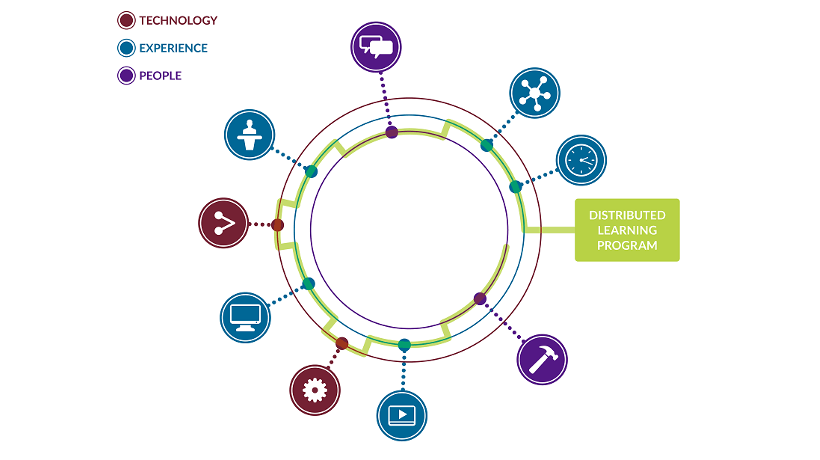Integrate The AGES Model Into Your Organization
Cognitive-Based Instruction (CBI) gained credibility in the 1950s as a response to behaviorism, which is lacking in fully explaining the cognitive processes for human learning. CBI focuses on the different types of learning involved in cognitive functioning and development. Under the umbrella of CBI is the andragogical learning model, better known as andragogy. To put it simply, andragogy is the practice of adjusting teaching strategies to how adults learn most effectively. Malcolm Knowles popularized andragogy in the 1960s by assigning guidelines and parameters around how adult learning differs from child learning or pedagogy. Adult learning delivery styles have evolved over the years and are now the staple for the design and delivery of adult training and education. The AGES model, which stands for Attention, Generation, Emotion, and Spacing, provides guidelines for designing and delivering effective training sessions.
1. Attention
Essential for learning is the ability to focus keenly on the instructional material. Taking a cue from neuroscience, when learners focus on a topic without distraction, the hippocampus, which is responsible for transferring information from short-term memory to long-term memory, begins to activate and releases the neurotransmitter dopamine. If the presented information is interesting and important enough, the hippocampus primes the memory/information for long-term memory storage.
Gaining the learners' attention throughout a training session by using techniques such as signaling important topics and presenting new information for no more than 20-minute chunks can aid the learners' ability to pay attention without distraction. Typically, novice learners can focus for 20 minutes before intended and unintended distraction takes hold. It is important to break up your training into shorter segments and allow learners to discuss the information and practice retrieval. Attempting to train new information for more than 20 minutes will lead to increased cognitive load, decreased motivation, and ultimately diminished attention.
2. Generation
As opposed to pedagogy which relies on the sage-on-the-stage delivery of information, adult learners need the opportunity to tie the new information into concepts and experiences that are specifically unique to them. Generation refers to helping learners tie new information to their personal role or job context. We can do this by allowing learners to experience new information in more than one format. Try presenting new information as text, video, self-paced, and kinesthetic activities, just to name a few. This will enhance the learners' ability to tie information into current knowledge and use prior experience to learn new concepts.
3. Emotion
Emotion refers to providing just the right amount of tension, building up as the catalyst for lasting learning. Think of a happy or even stressful time in your life. No matter how mundane the activity was surrounding the emotion, you probably remember with great clarity the heightened emotional state you were in. We can replicate strong emotions in learning activities by incorporating such things as novel learning activities, social interactions, and gamification. Learning opportunities need to evoke a positive emotion and a high rate of eustress. Mixing up content delivery techniques can evoke strong learner emotions and lead to lasting retention.
4. Spacing
The way typical corporate training occurs is often contrary to how people best learn and retain information. Training sessions that occur over day- or week-long sessions infrequently lead to long-term learning and retention. Training sessions that are packed with information in a short amount of time are typically referred to as drinking from the fire hose. On average, only 10% of what was delivered within a training session is retained 3 months after the training session(s). A better way to present information is to space it out over time. Spacing refers to delivering material over time and allowing learners to revisit the material before adding to the information. Spacing information allows learners to encode the information by building resilient neural pathways. Revisiting the material over time only strengthens the pathways. For optimal retention, learners should revisit the material at least 3 times after being first exposed to it.
Being able to facilitate rapid learning at significant scale has become a central pillar of the new workplace. The AGES model which is cemented in years of research within neuroscience will serve to enhance your Learning and Development and bring it to a higher level.









